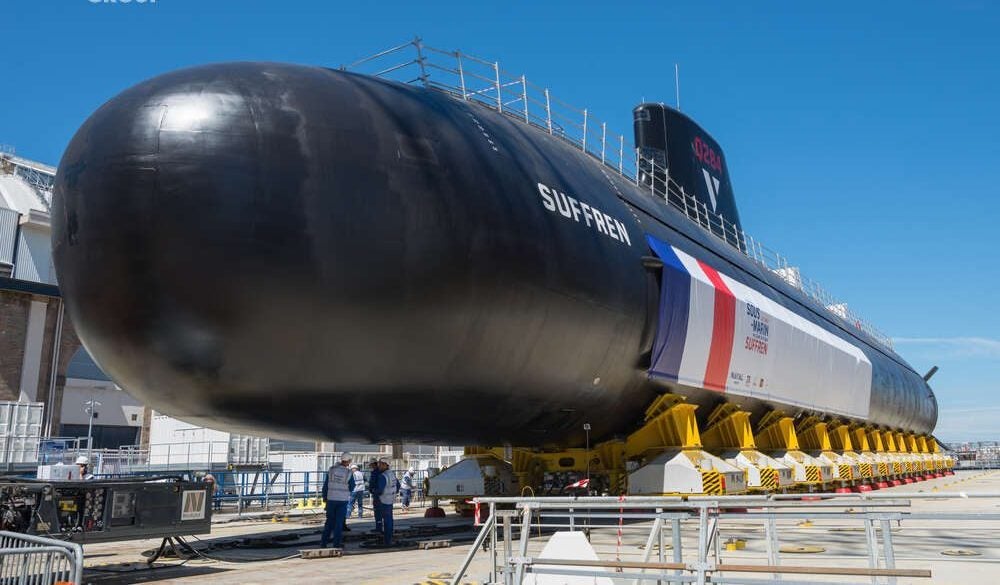
France’s naval capabilities leap forward as the Directorate General of Armament (DGA) officially welcomes the Duguay-Trouin, the second of six Suffren-class nuclear attack submarines (SSNs) developed in the Barracuda programme.
With the delivery of this submarine, France continues to enhance its maritime capabilities and solidify its position as a major global naval force.
Russia, France, and the UK are the only three countries in Europe that are acquiring nuclear-powered attack submarines as replacements for existing SSNs now in service, according to GlobalData’s “The Global Submarine Market 2023-2033” report.
In a press release dated July 28, 2023, the DGA confirmed the successful reception of the Duguay-Trouin, marking a significant moment in France’s naval modernisation efforts. This achievement comes after rigorous sea trials and testing conducted over several months, ensuring the functioning of the submarine’s systems and equipment.
These sea trials were executed under the oversight of the DGA, in close collaboration with the Atomic Energy and Alternative Energies Commission, and partnership with entities like the French Navy, Naval Group, and TechnicAtome.
According to GlobalData’s “France Defense Market 2023-2028” report, the French government ordered six new Barracuda-class (or Suffren-class) SSN vessels from Naval Group for a total cost of €10.4bn ($12.4bn), or €1.3bn ($1.6bn) per submarine.
The arrival of the Duguay-Trouin follows the previous delivery of the Suffren submarine to the French Navy in November 2020. As part of the larger Barracuda program, which aims to revitalise the country’s naval fleet, the remaining submarines (Tourville, de Grasse, Rubis, and Casabianca) are currently undergoing construction, with planned deliveries stretching into 2030.
This comprehensive effort aligns with the strategic goals outlined in the Military Programming Law 2024-2030, showcasing France’s steadfast commitment to maintaining its naval prowess.
The Suffren-class SSNs, including the recently received Duguay-Trouin, represent advanced naval capabilities. These submarines are designed to fulfil diverse missions, such as supporting deterrence, safeguarding the naval air group, gathering intelligence, engaging in anti-submarine warfare, and executing anti-ship combat operations.
Notably, they outperform their Rubis-class predecessors in speed, endurance, and versatility, owing to their systems and enhanced capabilities. Including the Naval Cruise Missile allows these submarines to engage land-based targets located hundreds of kilometres away, further enhancing their strategic utility.
The successful sea trials of the Duguay-Trouin, which included stability, performance, and combat systems tests, validated the submarine’s readiness to navigate safely and effectively. Technical experts from the DGA’s Naval Expertise Centers analysed data collected from these trials, attesting to the submarine’s technical capabilities.
With the Duguay-Trouin’s arrival, France stands poised to assert its influence and strategic presence on the world’s oceans.







